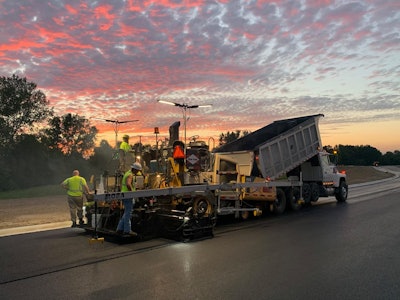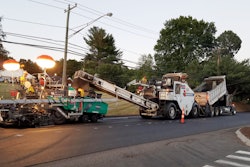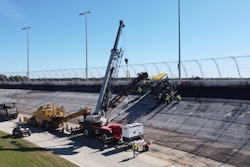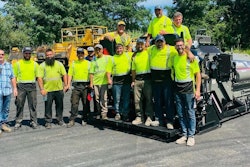
The recently enacted Bipartisan Infrastructure Law (BIL), enacted as the Infrastructure Investment and Jobs Act (IIJA), will deliver generational investments for our roads and bridges, while also promoting safety for all road users. Many in the industry were concerned the BIL did not have a "fix it first" provision for repairing our crumbling infrastructure assets as Congress chose not to prioritize repair by discarding the House’s INVEST Act. The Act which would have instituted hard and fast requirements for such repairs.
In a recent memo to state transportation agencies, the FHWA indicated that the Federal government will be prioritizing repair and rehabilitation of existing assets over expansion in their administrative guidance of implementing the BIL.
"The BIL presents the FHWA with a unique opportunity: to exercise our stewardship and oversight responsibilities and evolve the century-old relationship with State departments of transportation and other stakeholders in a way that takes advantage of the tools Congress has provided and prioritizes investments that align with the underlying policies evident throughout the BIL to help our states and communities Build a Better America," the memo states.
FHWA will issue guidance and regulations, as appropriate, to fully implement these legislative changes and new programs and is actively soliciting stakeholder input on these matters through a just-opened Federal Register docket.
Investments and projects that align with the BIL and will help Build a Better America include those that:
improve the condition, resilience and safety of road and bridge assets consistent with asset management plans (including investing in preservation of those assets);
promote and improve safety for all road users, particularly vulnerable users;
make streets and other transportation facilities accessible to all users and compliant with the Americans with Disabilities Act;
address environmental impacts ranging from stormwater runoff to greenhouse gas emissions;
prioritize infrastructure that is less vulnerable and more resilient to a changing climate;
future-proof our transportation infrastructure by accommodating new and emerging technologies like electric vehicle charging stations, renewable energy generation, and broadband deployment in transportation rights-of-way;
reconnect communities and reflect the inclusion of disadvantaged and under-represented groups in the planning, project selection and design process; and
direct Federal funds to their most efficient and effective use, consistent with these objectives.
The memo says that FHWA will do what they can with their technical assistance and oversight to emphasize operational efficiencies to move more people and goods within existing infrastructure over capacity expansion (i.e, new highways). The memorandum acknowledges that FHWA is in no position to prohibit states from expanding system capacity, but that FHWA will explore all policy mechanisms at their disposal to not only strongly encourage and influence, but require an emphasis on repair and alternative enhancements to roadway capacity expansion. Of special note as well, FHWA underscored the flexibility that state DOTs have and should exercise in supporting public transportation projects.
Though this policy memorandum does not have any enforceable mechanisms in what state DOTs can and will do with their formula highway funding, it makes a major statement about where the administration’s priorities lie, gives ammunition to the advocates trying to hold them accountable, and can help nudge and encourage states that are in the midst of attempting to change how they prioritize their spending.
The guidance reminds the role states must play in maintaining a state of repair of their existing infrastructure (23 USC 116) if they plan to participate in the federal transportation program. Lastly, in advancing maintenance, FHWA encourages incorporation of safety and multimodal accessibility into the repair scope of the infrastructure project.
The BIL is the largest public/private public works program in our nation’s history. Implementation will take time as the Federal government and state agencies ramp up to meet the demand created by the legislation. Guidance and rulemaking will ensue in 2022.




















